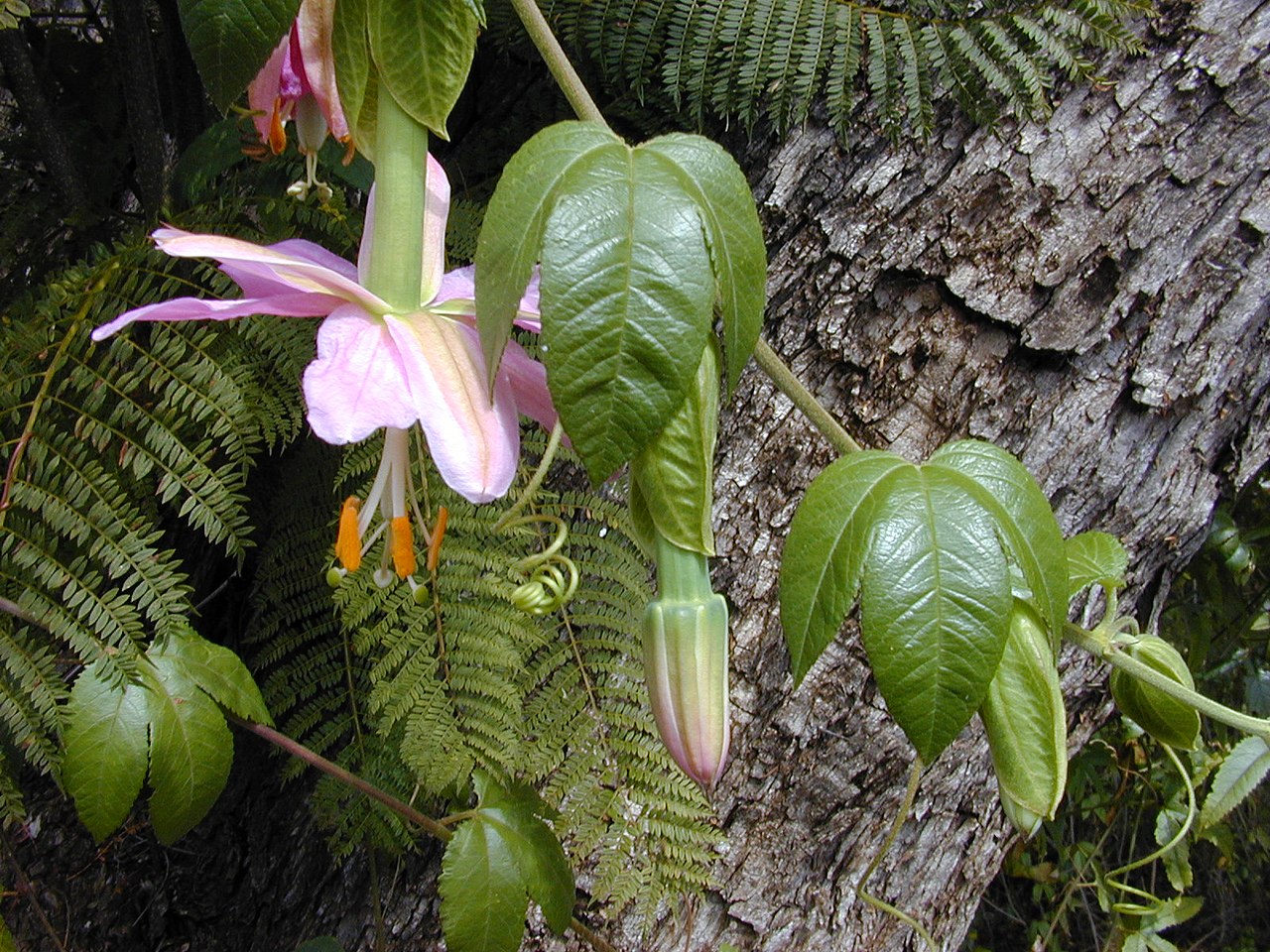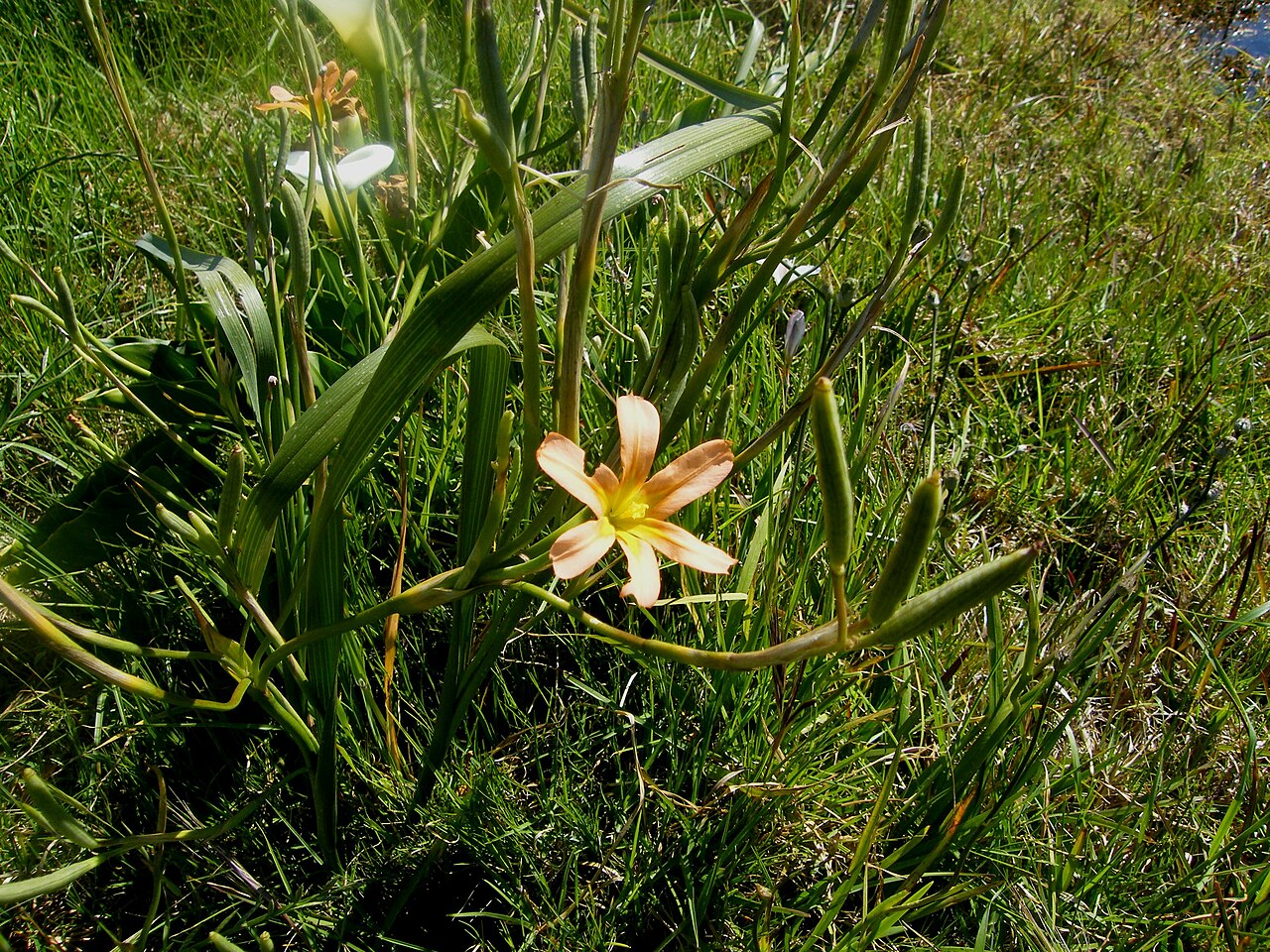
Common Name
Signal Grass, Brachiaria, Basilisk signal grass, Surinamgrass, Surinam grass
Scientific Name
Urochloa decumbens
Family
Poaceae
Lifecycle
Annual or Perennial
Seasons of Growth
Year-round
Key Distinguishing Feature
Signal grass is a warm-season perennial grass that forms dense, low-growing mats or tussocks
• Growth Form: Signal Grass is a tufted or bunchgrass with a prostrate or decumbent growth habit. It forms dense mats of grass.
• Leaves: The leaves are long and narrow, with a green to bluish-green colour. They have a distinctive veined appearance.
• Flowers: The flowering stems (inflorescences) are composed of spikelets that bear small flowers. The inflorescences may vary in colour.
• Seeds: Signal Grass produces small seeds.
Ecological Impact:
• Signal Grass is an important forage grass in many tropical and subtropical regions. It is valued for its ability to provide forage for livestock and adaptability to a range of environmental conditions.
• In some regions, where it is introduced and not properly managed, it can become invasive and outcompete native vegetation.
Cultivated Varieties:
• There are improved cultivars of Signal Grass, such as "Basilisk" and "Toledo," which are selected for their forage quality and production.
Control Methods:
• Control measures for Signal Grass vary depending on whether it is cultivated as a forage crop or considered invasive.
• In agricultural settings, it is managed through proper grazing and pasture management practices.
• Invasive populations may require control through mechanical methods, herbicide application, or cultural practices to prevent further spread.
• Herbicides may be used for control, but care must be taken to use them safely and effectively, following local regulations.
Signal Grass is an important forage grass in many agricultural systems, particularly in tropical and subtropical regions. When properly managed, it can provide valuable livestock forage. However, in some cases, it can become invasive and require control measures to protect native ecosystems. Management practices vary depending on its intended use and ecological context.




